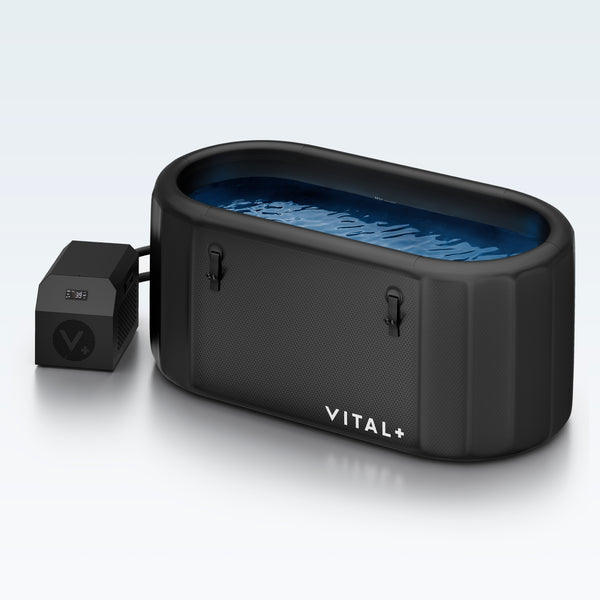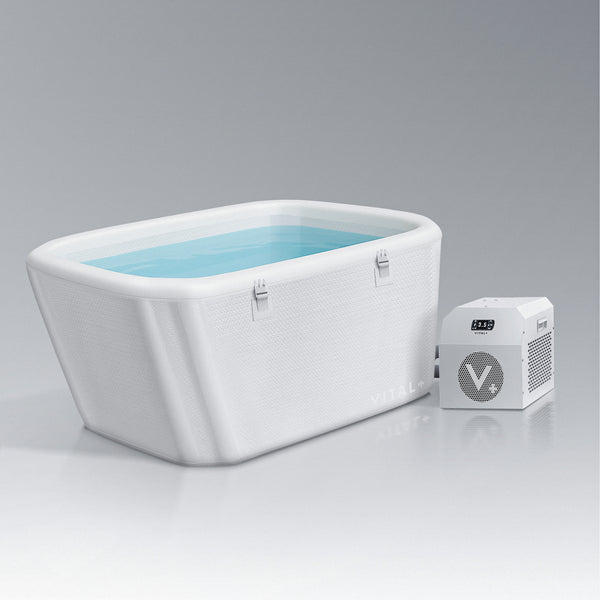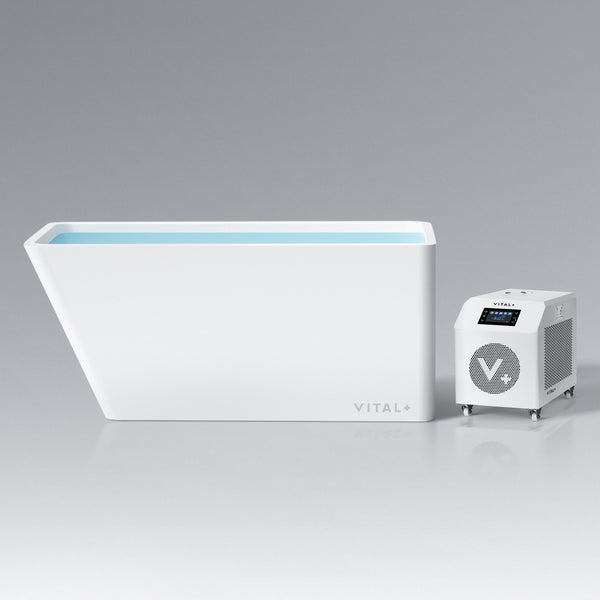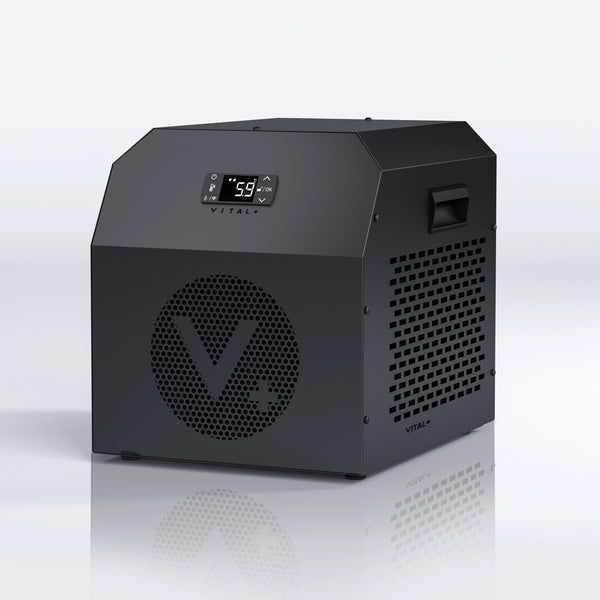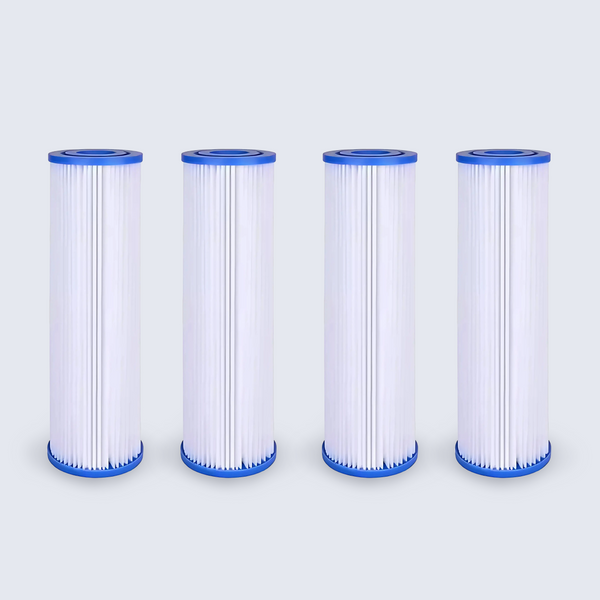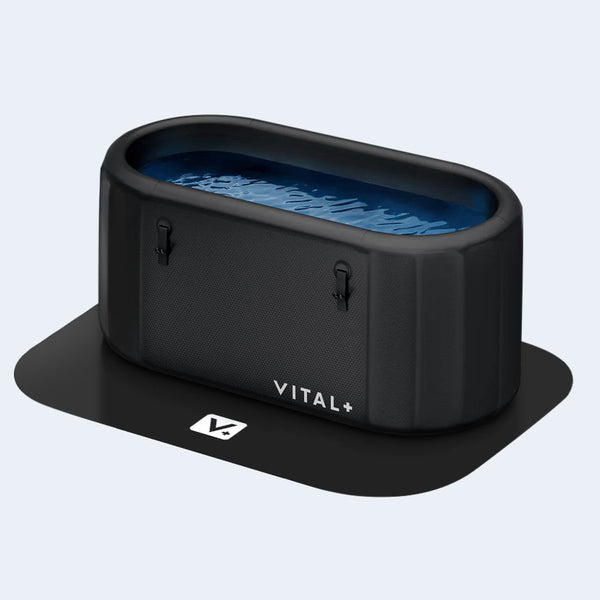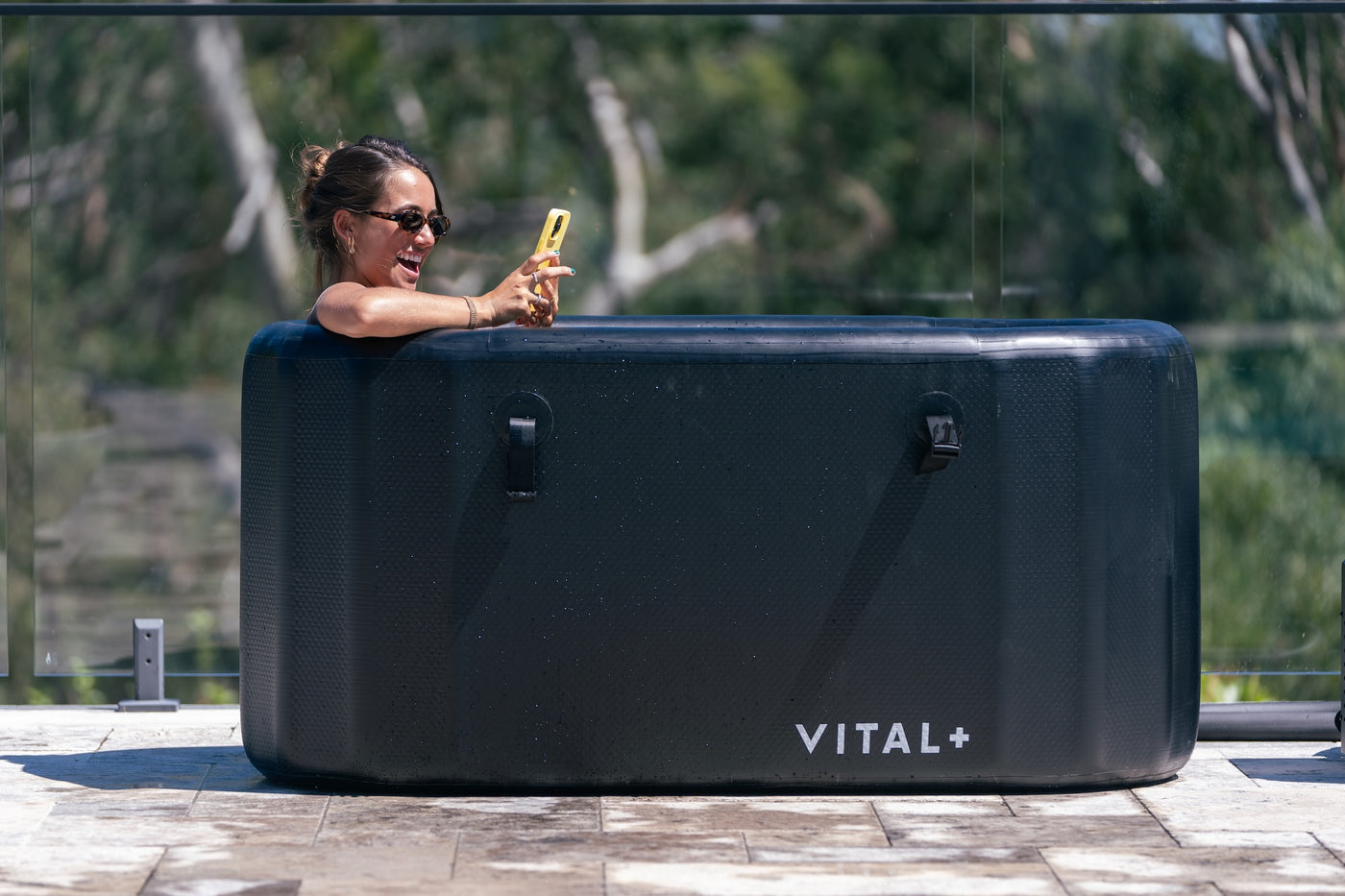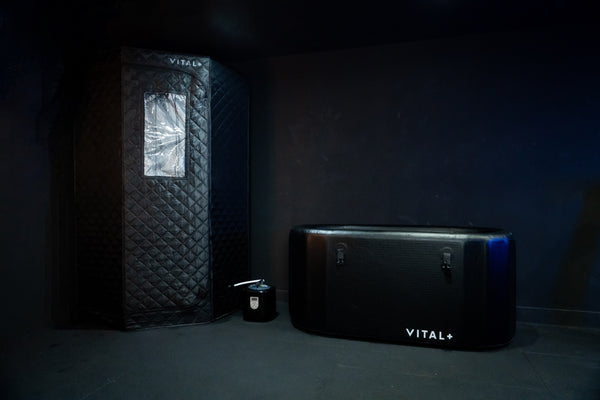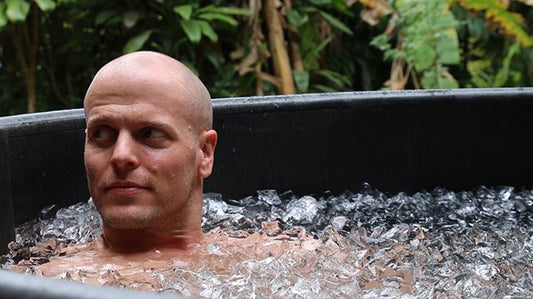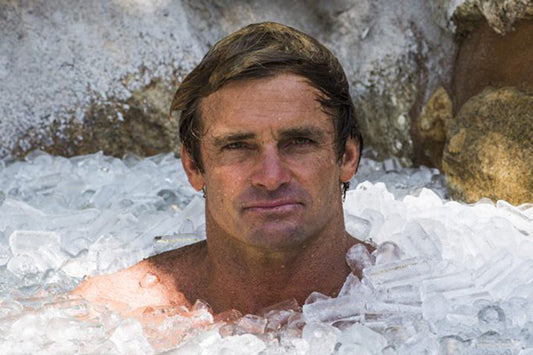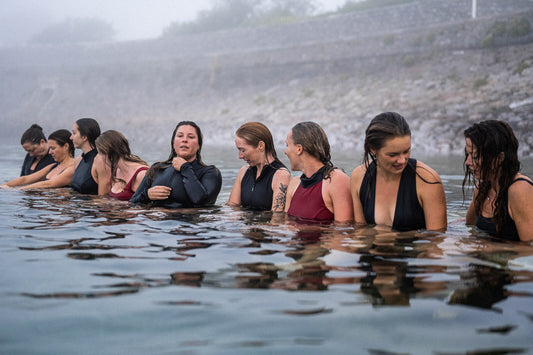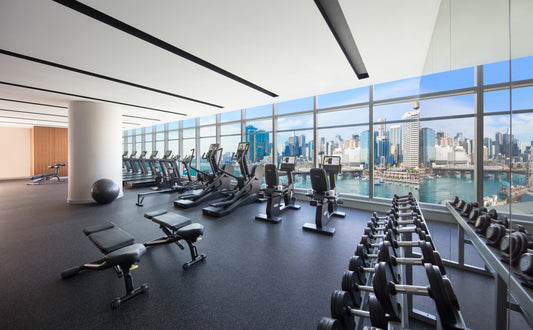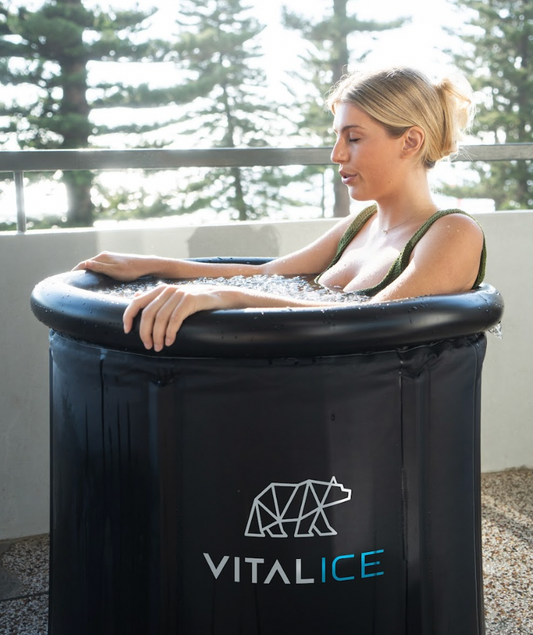An important question to ask yourself when setting up your ice bath for your first cold plunge is “How cold should it be?”. There is a lot of mixed and misleading information out there, so we decided to provide a scientifically-backed perspective of how cold your ice bath really should be.
The answer:
- Generally speaking, an ice bath temperature should sit between 50°F (10°C) and 60°F (15.6°C).
- Leading studies show that the water needs to be 60°F (15.6°C) or lower to get the dopamine release associated with cold water therapy.
- While some other studies show a benefit of colder temperatures (significant increases in epinephrine from just 20 seconds at 40°F / 4°C) there is a risk of hypothermia and frostbite if the user stays in the ice bath too long. Better to be safe than sorry.
- Of course, based on our body composition people will experience the cold effects of ice baths in different ways. It’s incredibly important in this sense to listen to your body. You should ultimately feel the uncomfortable shock to the nervous system that one could expect from entering a cold plunge while not feeling like you are unbearably cold or about to do permanent damage to your body.
- Another useful strategy when building your own cold therapy practice is to test and calibrate. Start with a warmer temperature for your first ice bath and gradually drop the temperature each time you enter the tub, until you find that sweet spot where you are uncomfortable and feeling the after effects but not putting your body in harm’s way.
- Note: a little bit of shivering is OK. This is the body’s natural response to cold therapy. In fact, shivering has a lot of metabolic benefits. If you find yourself shivering in an extreme fashion, however, it might be a sign that the bath is too cold.
- Be careful of your extremities. Hands and feet tend to be impacted the most by cold exposure as they are the furthest from our central heating system. Some people like to keep their hands outside of the tub so that they don’t experience that painful feeling at colder temperatures.
- Prep work: We recommend that you start a cold shower practice in the weeks leading up to your first plunge. This will acclimatize you with the feeling of cold exposure and train your body to not panic when it enters the ice bath. 3 minutes of cold water in the week prior to your first plunge should suffice.
A quality ice bath is extremely important. Shop now at the VITALICE Ice Bath store to get your first at-home ice bath and ice bath thermometer to effectively ease into the practice using the tips and tricks above.
